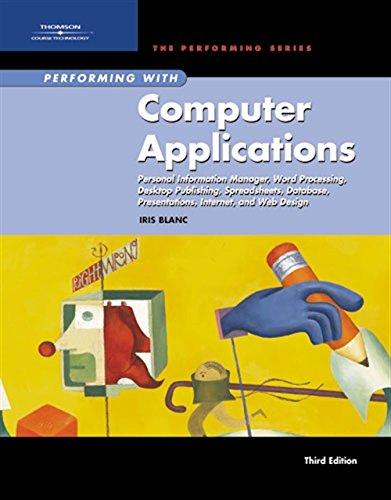
1. Pseudo-random number generation: Using your hash procedure, write a procedure [PRNG seed length], that uses a seed to output Slength bytes, in hex: % PRNG secretseed 30 3af854ec902e7706004df5027e5fdb099ab1e30c2a540c23b11d39afa07c The seed should be used to generate the sequence, with a specific seed generating the generate or predict the output, even given previous output to analyze. Look up the string command in the Tcl documention at www.tcl.tk this has many useful subcommands for manipulating strings and substrings. You can build up a string using the append command, or the corresponding lappend command for lists. NOTE: for this assignment, please follow these guidelines a. Your procedure should return a value, and not print a value. Printing output to the screen is not the same as providing a return value. Likewise, the seed and length are arguments to the procedure, and should be input prompted from the user. b. Your procedure should work with any number, not just 30 or other small numbers. C. Your procedure should output the requisite number of bytes, not bits or whatever d. You can just hand in your source code, on paper. You don't need to submit t in a format that I can run 2. Find a string that starts with your B-number, whose md5 hash ends with as many zero bits as you can find. 3. How many passwords are possible in each of the following cases? Write each answer as a number, and write its log base 2: a. My password is a string of 10 lowercase letters. b. My password is 5 characters that can be upper-or lowercase letters or digits. c. My password is my birthday, written MMDDYY. d. My password is four English words drawn from a novel (of your choice) 1. Pseudo-random number generation: Using your hash procedure, write a procedure [PRNG seed length], that uses a seed to output Slength bytes, in hex: % PRNG secretseed 30 3af854ec902e7706004df5027e5fdb099ab1e30c2a540c23b11d39afa07c The seed should be used to generate the sequence, with a specific seed generating the generate or predict the output, even given previous output to analyze. Look up the string command in the Tcl documention at www.tcl.tk this has many useful subcommands for manipulating strings and substrings. You can build up a string using the append command, or the corresponding lappend command for lists. NOTE: for this assignment, please follow these guidelines a. Your procedure should return a value, and not print a value. Printing output to the screen is not the same as providing a return value. Likewise, the seed and length are arguments to the procedure, and should be input prompted from the user. b. Your procedure should work with any number, not just 30 or other small numbers. C. Your procedure should output the requisite number of bytes, not bits or whatever d. You can just hand in your source code, on paper. You don't need to submit t in a format that I can run 2. Find a string that starts with your B-number, whose md5 hash ends with as many zero bits as you can find. 3. How many passwords are possible in each of the following cases? Write each answer as a number, and write its log base 2: a. My password is a string of 10 lowercase letters. b. My password is 5 characters that can be upper-or lowercase letters or digits. c. My password is my birthday, written MMDDYY. d. My password is four English words drawn from a novel (of your choice)







